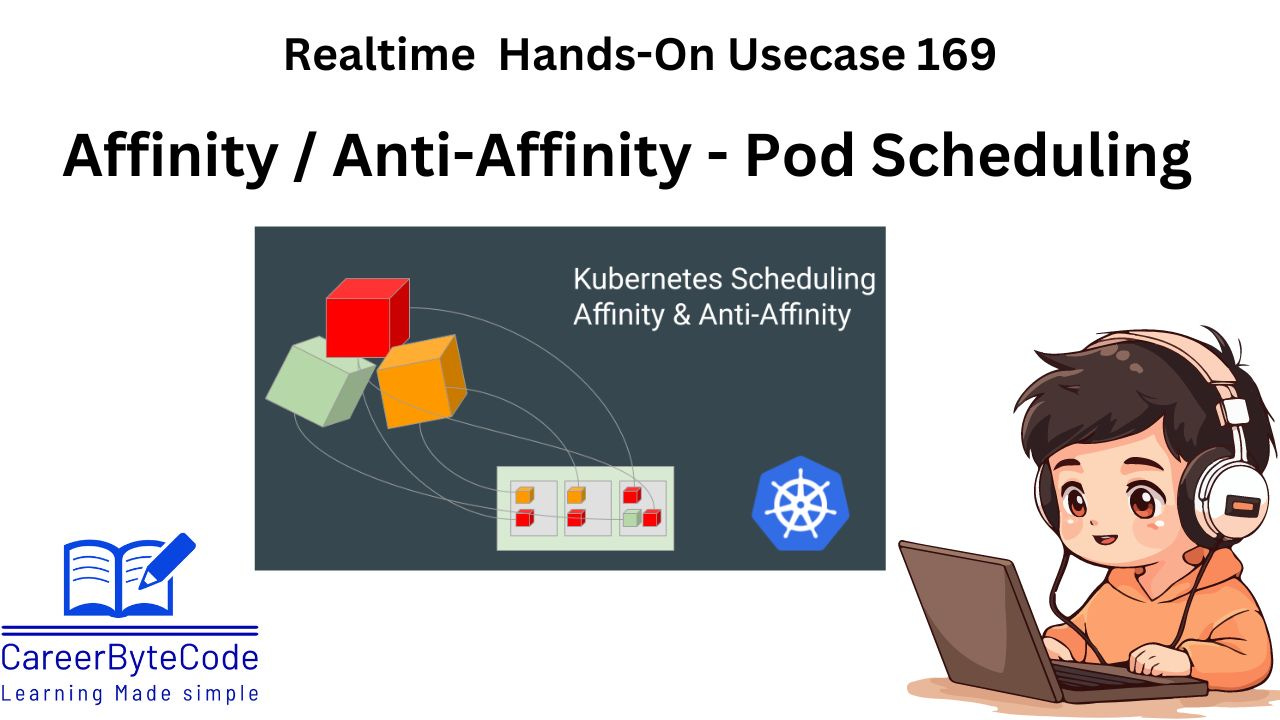Affinity and Anti-Affinity: Balancing Pod Scheduling in Kubernetes
Kubernetes Affinity and Anti-Affinity rules help in controlling where pods are scheduled within a cluster.
1. Why We Need This Use Case:
Kubernetes Affinity and Anti-Affinity rules help in controlling where pods are scheduled within a cluster. By defining these rules, we can enhance application performance, resilience, and fault tolerance. Affinity rules ensure related pods are scheduled on the same node or topology for better performance, while Anti-Affinity rules ensure they are spread across nodes or topologies to ensure high availability.
2. When We Need This Use Case:
When running critical services in production that require high availability and fault tolerance.
When there is a need to optimize performance by placing related pods close to each other to reduce latency.
When managing multi-zone Kubernetes clusters and ensuring even distribution of workloads.
When ensuring that replica sets of services are not all placed on the same node to prevent single points of failure.



